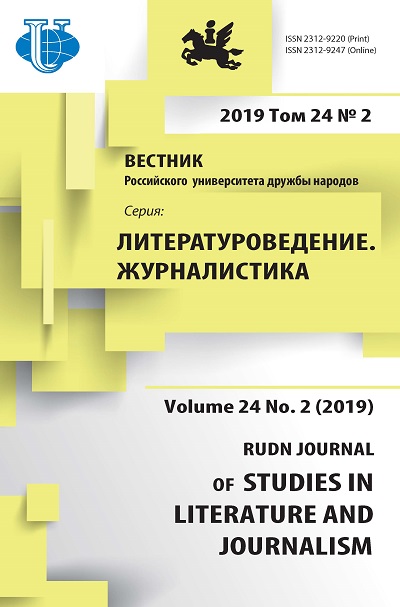Abstract
The article is based on the material, presented by the authors at the International Scientific Conference “Russia and China: History and Prospects of Cooperation”. It summarizes the experience of studying drama and theater of Russian symbolism in modern Chinese philological science, and discusses the promise of translating and presenting these dramas on the Chinese stage. One of the authors of this article is a translator and publisher with a number of plays by Russian symbolists, so the article focuses on problems, which concern about adaptation and reception of Russian symbolist drama in the modern Chinese context. We can make the conclusion about Chinese researchers’ growing interest is not only to the phenomenon of the new drama by recent decades, but also to the artistic innovations in drama and theater at the turn of 19 and 20 centuries, where can be found the influence of traditional Chinese theatre and fine arts.

















